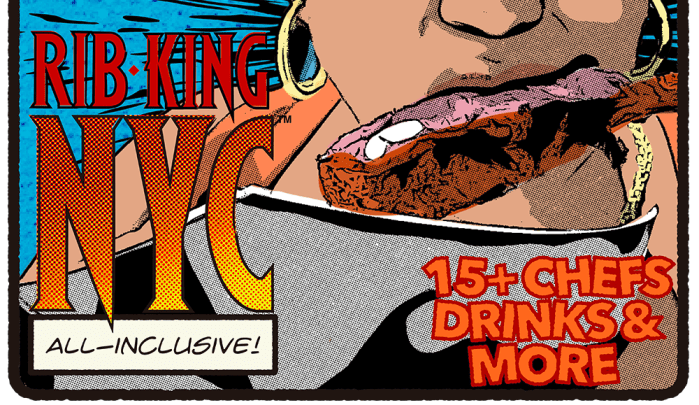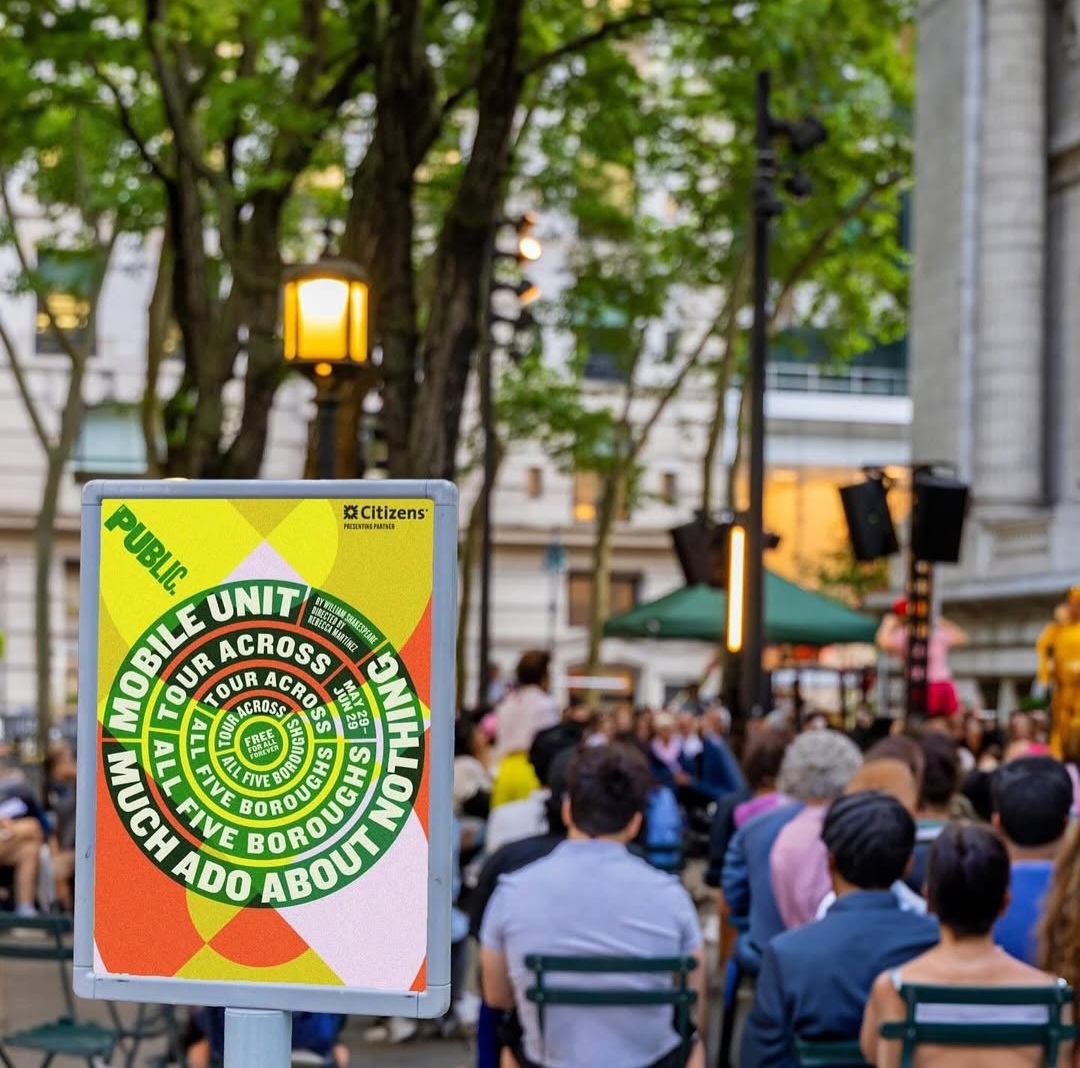By Ed Gold
I knew Lucian Carr — the last of the Beat generation survivors, friend of Jack Kerouac and Allen Ginsberg, and a colorful, rebellious colleague of mine at Columbia College.
Carr, who died in January, shook up the campus in the early ’40s when he was involved in a killing, which is still shrouded in mystery. But he later would surprise and shock his Beat friends by going conventional, joining United Press International as Lou Carr, and eventually becoming one of U.P.I.’s top editors. His Beat buddies meanwhile were on the road, conspicuously avoiding the conventional.
I never would have guessed his professional turn given that he and Ginsberg once proclaimed that they were “enemies of repression, inhibition and conventionality.”
While Carr never became one of the important Beat writers, he served as a nudge, an intellectual spur and a catalyst for the likes of Kerouac, Ginsberg and others — an irony considering that his major career would be as editor for a world news service.
In my freshman year at Columbia, I sat near Carr in Lionel Trilling’s humanities classes. While I was a good student, Carr was stunningly brilliant. Whether we were discussing Homer or St. Augustine or Rabelais or Rousseau or Swift, he knew them all. At times it seemed as if he and Trilling were having a private conversation. He definitely gave me an inferiority complex.
The gossip about him was that he had come from a wealthy family in St. Louis and had gotten in trouble in school there. At Columbia, we heard he was spending a lot of time partying in one way or another in Chelsea and Greenwich Village, and was returning to the dorms in the early morning hours. None of this nightlife apparently affecting his classroom performace.
One day, during the second semester, he asked Trilling if he could bring a friend to class and Trilling said O.K. As I recall, a tall, bearded, somewhat unkempt fellow, possibly in his late 30s or early 40s, joined us in class. I never saw him again, but sometime later the talk on campus was that he had been Carr’s victim in the summer of ’44 killing.
None of the obituaries that mentioned the killing included the tale I heard on campus. To wit: Carr had gone to the local police station near Columbia and had told the desk officer he was responsible for killing a man who had been stalking him and had assaulted him, and that the killing was in self-defense. There was no body and the police were skeptical, but Carr added that he had tied rocks to the body and had dumped it into the Hudson. Also, he said, he had stabbed the man with the only weapon available, a Boy Scout knife, and had buried the knife in Riverside Park. The police found the knife and several days later the body surfaced at 110th St. a few blocks south of the campus.
When Carr was arrested, The New York Times ran the story on its front page, reporting him listening “lackadaisically” to the stabbing charges.
He received an initial sentence of 20 years for manslaughter, but clearly the prosecutor had bought the defense attorney’s argument that Carr “was defending his honor and maybe his life.” Carr served about two years of the sentence and, according to the Times, was later pardoned.
There have been a variety of contradictory descriptions about the man he killed, David Kammerer. Carr’s lawyers argued that Kammerer was a predator, stalker and homosexual who had followed Carr from St. Louis to Chicago to New York. Others have suggested he and Carr were friends or even roommates, and one view was that Kammerer had actually written papers for some of Carr’s courses at Columbia.
Eric Homberger, writing extensively about Carr for The Guardian, is skeptical about Carr’s courtroom defense, particularly the double assertion that Kammerer was gay and a stalker. With Carr’s death, Homberger speculates, it may now be possible “to disentangle some of the strands of insinuation.”
Before the killing, I would run into Carr fairly often on campus, including one occasion when he got into trouble for a school infraction.
He was walking across campus, but he didn’t have his usual slightly sloppy, sporty look. He was dressed up with a jacket, pressed pants, a clean shirt and a tie, and his hair was combed.
We stopped to talk and I asked what the occasion was. He explained that he arrived late — as usual — in the dorms, and as he crawled into bed he discovered his bed had been short-sheeted. He got very mad and lost his inhibitions — as any true Beat would. He went out into the hall, took down the fire hose, began opening dorm room doors and firing away, causing conspicuous damage to furniture and fixtures.
He had been invited to visit the dean and was now on his way there. He got lucky. We had two deans at the time, one good and one bad, and he was headed for the kindly dean’s office. Later, he told me, his college marks had helped. He had A’s in every course but one. The dean instructed him to pay for all damages and not to let it happen again.
His friend and dorm mate, Ginsberg, also got into trouble. One of the very proper dormitory maids, while cleaning his room, discovered scrawled on the window an extensive collection of obscenities. She was upset and reported the discovery to her superior who passed it up the chain of command until it eventually wound up on the dean’s desk.
Ginsberg’s penalty was somewhat harsher. He was asked to leave school for the rest of the term — perhaps to meditate. He was told he could return the following semester, and he did.
Carr’s eccentricities emerged periodically. I saw him once with his hair combed over his eyes, an attractive woman on each arm, as if they were leading a blind man.
And then there was the time I saw him on campus carrying a jar of jam. I asked him what he needed it for and he said he was going on a date. I didn’t ask any other questions.
WWW Downtown Express


































